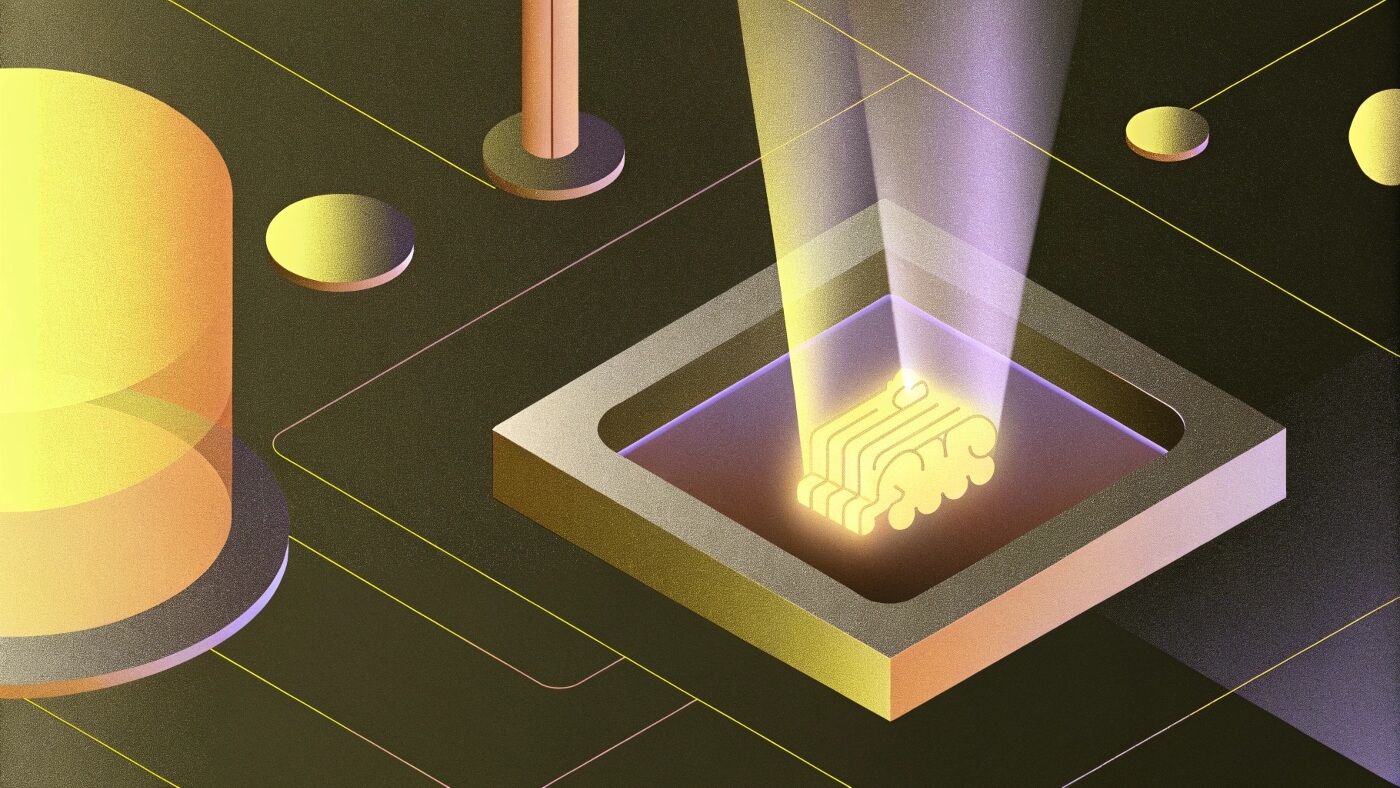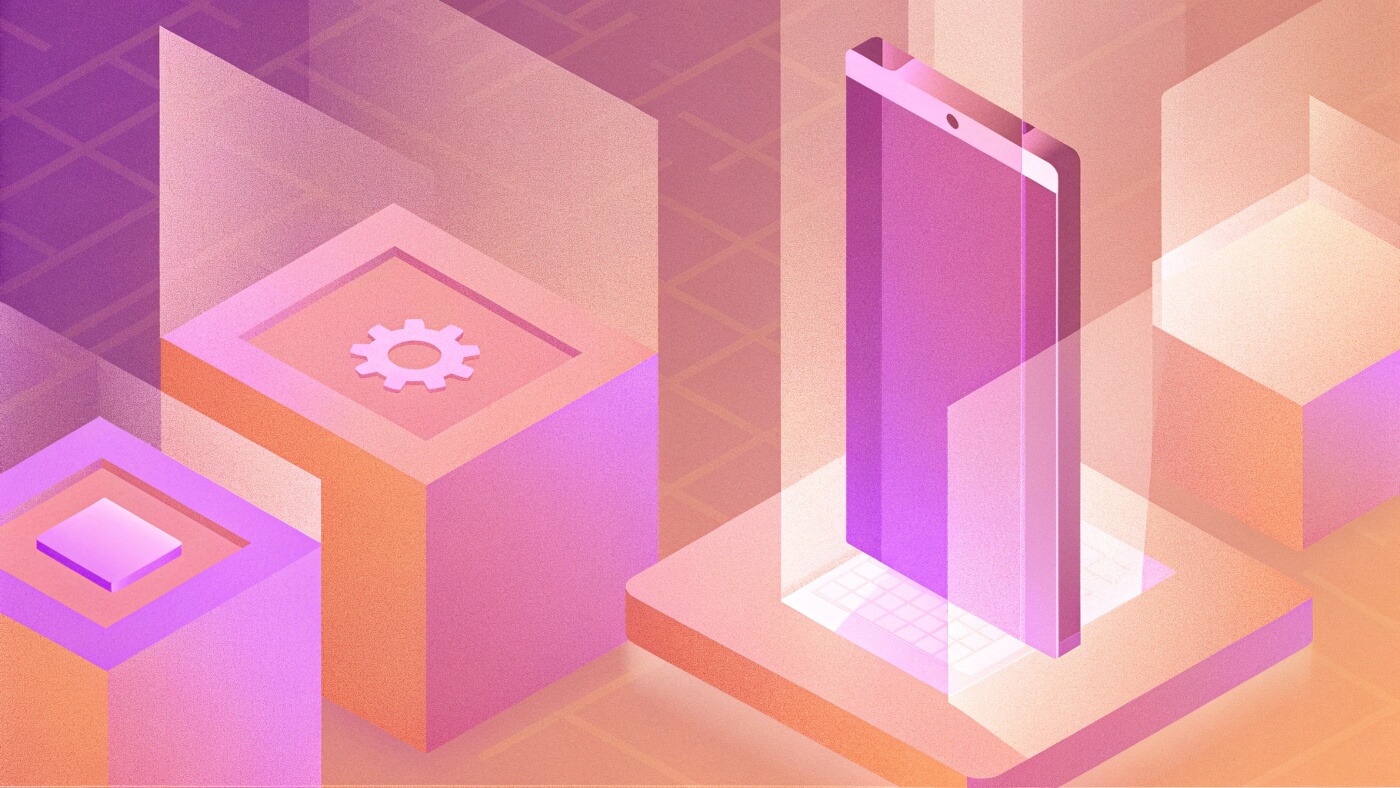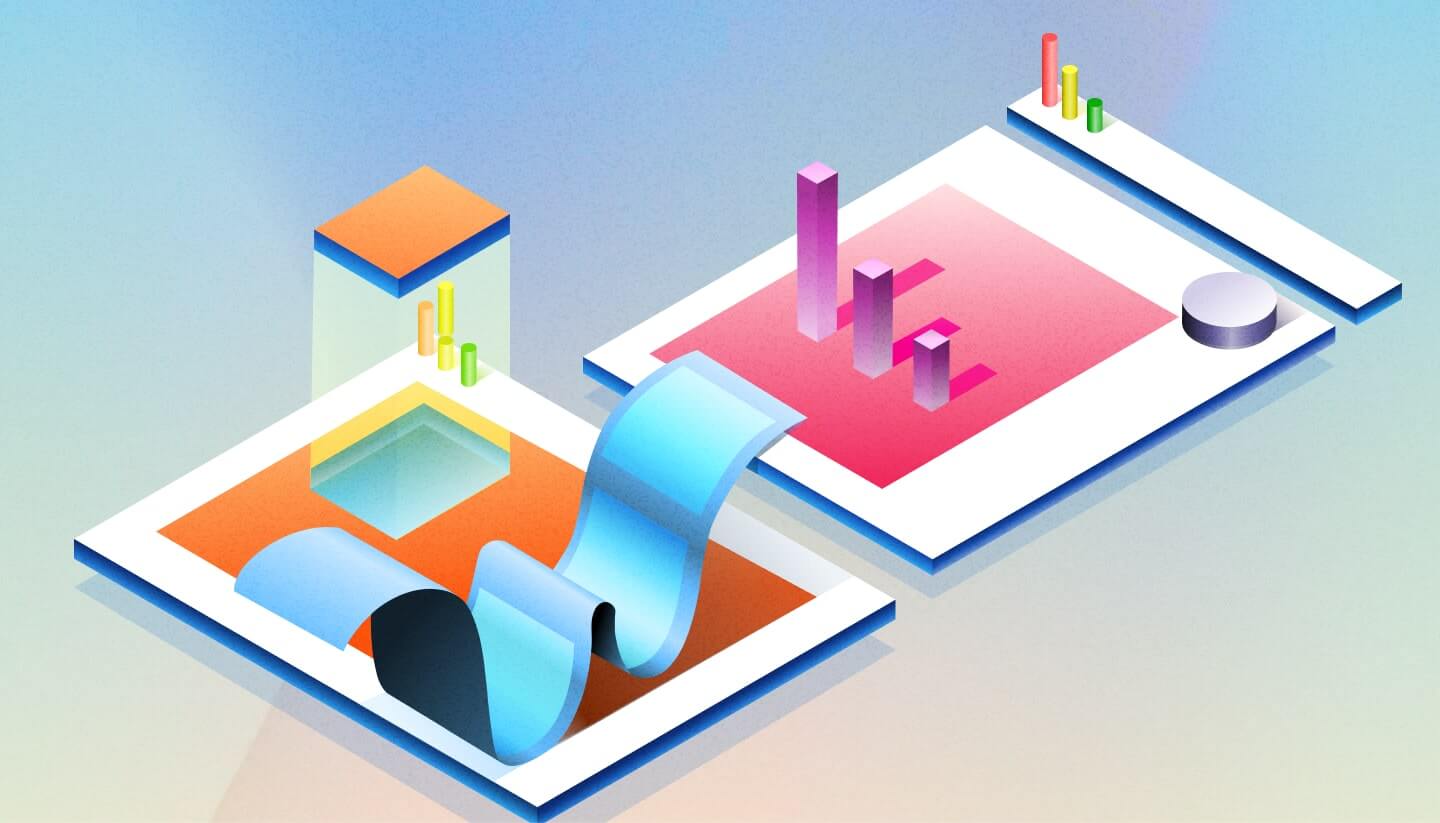
Agentic AI vs AI Agents: A Deep Dive
Artificial intelligence is evolving fast - and so is the language we use to describe it. Two terms often used interchangeably, AI agents and agentic AI, actually represent different stages of autonomy, design, and ambition. We rented this article to unpack what each term means, where they overlap, and how they diverge.
What are AI Agents?
An AI agent is a software system that uses artificial intelligence to perform tasks or act on behalf of a user or system. It has some autonomy, though typically within defined bounds. In short, AI agents act, typically with some independence but under constraints.
Key characteristics
Here are some of the traits often associated with AI agents:
- They act on behalf of a user or system (rather than purely reactive).
- They may have some planning/decision-making capability (though often limited).
- They often are given a goal or task from humans and then execute accordingly.
- They operate within a defined environment, with rules.
- They bring efficiency by automating tasks.
Example use cases
- A customer-service chatbot that handles routine queries, triggers workflows, maybe escalates to humans when needed.
- A scheduling assistant that reads calendar data, finds available slots, books meetings.
- A monitoring agent that watches data feeds, triggers alerts/actions when conditions are met.
Strengths & limitations
Strengths:
- Good for automating frequent or well-defined tasks.
- Helps reduce human workload, speeds up execution.
- Easier to design and govern because scope is limited.
Limitations:
- Often constrained by predefined rules/goals - less flexible in new/unexpected contexts.
- May require significant human setup (goals, constraints).
- Not always suited to highly ambiguous or changing tasks.
What is Agentic AI?
Agentic AI is a more advanced/ambitious notion of AI, where the system doesn’t just act on predefined tasks, but can set sub-goals, plan multi-step workflows, adapt to changing environments, and act with a higher degree of autonomy.
Key characteristics
Some of the hallmarks of agentic AI:
- Autonomy: The system can act with minimal human-in-the-loop.
- Goal orientation at scale: Not just executing a single task, but pursuing complex workflows.
- Adaptability & learning: The ability to adapt to new inputs, new environments, refine strategy.
- Multi-module/orchestrated architecture: Many times agentic systems involve multiple cooperating components/agents.
- End-to-end process automation: From goal definition to execution to monitoring and adaptation.
Example use cases
- A system that monitors supply-chain data, identifies a disruption, decides new sourcing strategy, executes purchase orders, tracks delivery, and adjusts further automatically.
- A legal-tech system that reads large volumes of contracts/documents, extracts insights, generates proposals/solutions, routes for review, updates its logic based on feedback.
- A research assistant that autonomously generates hypotheses, designs experiments, runs simulations, analyses data, proposes next steps.
Strengths & limitations
Strengths:
- Potential for step-change in productivity and capability because it can handle complex tasks with less human oversight.
- Better suited for dynamic, unpredictable environments.
Limitations / risks:
- Much harder to build: orchestration, safety, monitoring become major concerns.
- Because autonomy is higher, risk of unintended/undesired behaviour increases.
- Data quality and monitoring become more critical.
Agentic AI vs AI Agents: what’s the difference?
With both terms in mind, let’s compare agentic AI vs AI agents side by side.
Autonomy
- AI agents: like UI Bakery AI Agent, they operate within fairly well-defined bounds; human defines goal/task; agent executes.
- Agentic AI: Goes beyond: can set sub-goals, make decisions about how to achieve them, adapt dynamically.
Scope & complexity
- AI agents: Good for discrete tasks, predictable workflows, fairly stable environments.
- Agentic AI: Designed for complex workflows, dynamic environments, evolving tasks.
Learning & adaptation
- AI agents: Might learn or adapt like UI Bakery AI Agent, but often rule-based or model-based within a narrow domain.
- Agentic AI: Emphasis on continuous adaptation, feedback loops, multiple modules cooperating, memory, tool-use.
Decision-making / planning
- AI agents: Usually follow a plan set or triggered by humans; may do some decision-making but limited.
- Agentic AI: Can plan entire strategies, decide which tools/modules to use, adapt plan as it executes.
Architecture
- AI agents: Often one module, one function.
- Agentic AI: Often a system of agents/micro-agents, orchestration layer, memory, tool invocation, feedback monitoring.
Fit & use cases
- AI agents: Applicable where tasks are routine but repetitive, predictable, or bounded.
- Agentic AI: Better where tasks are open-ended, workflows are complex, environment changes, adaptability is required.
Governance & risk
- AI agents: Lower risk because scope is limited; easier to monitor and control.
- Agentic AI: Higher risk due to autonomy; governance, transparency, accountability become critical.
Summary
AI agents are useful, bounded, task-oriented, and automating specific workflows. Agentic AI is more ambitious, multi-step, adaptive, autonomous across workflows.
The difference between agentic AI vs AI agents (and flipping to AI agents vs agentic AI) helps organisations calibrate their ambitions, choose appropriate technology, manage expectations. Ultimately, the right choice depends on your use case complexity, data readiness, governance maturity, and risk tolerance.




